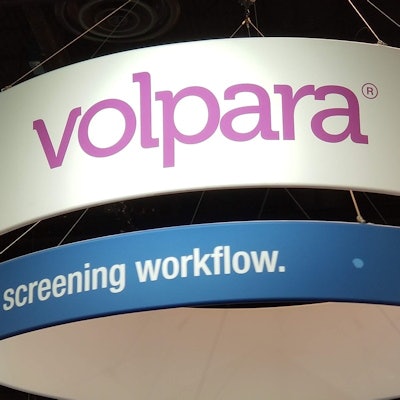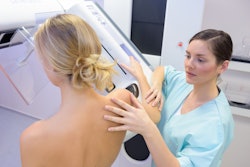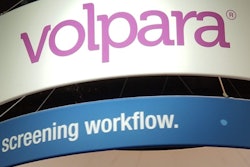
Breast imaging software developer Volpara has acquired CRA Health, a developer of breast cancer risk assessment software that is a spinoff of Massachusetts General Hospital (MGH).
Volpara has signed an agreement to pay $18 million for CRA. An additional $4 million would be due on meeting performance milestones over the next 18 months.
CRA was spun out of MGH 15 years ago and has developed cloud-based software that can be integrated with electronic health records (EHRs) to deliver results on risk assessment. The company conducts more than 2 million assessments a year with its software.
CRA's software takes patient data including breast density and estimates the patient's risk of breast cancer. It also generates recommendations such as whether additional imaging or genetics testing should be performed, based on clinical guidelines. The CRA software interfaces electronically applications from with major genetics companies.
Volpara and CRA have collaborated on various projects, including the ongoing U.K. PROCAS (Predicting the Risk of Cancer at Screening) project for personalized breast care. In these projects, breast density calculations made by the Volpara software are input into the CRA application and used with other factors to generate risk scores.
Volpara sees the acquisition as an extension of the projects that the companies have been working together on for the past five to six years, according to Ralph Highnam, PhD, group CEO of Volpara. He notes that genetic testing is increasingly being used as a tool to offer more targeted mammography screening.
CRA brings to Volpara not only expertise in breast cancer risk and genetics analysis but also electronic interfaces the company has developed to EHR and genetics software. And most importantly, the acquisition represents an extension of Volpara's mission beyond early detection of cancer, Highnam believes.
"Our aim is saving families from cancer. We do early detection, but we want to push even further into prevention," he told AuntMinnie.com. "To get to prevention you need highly accurate breast cancer risk models."



















